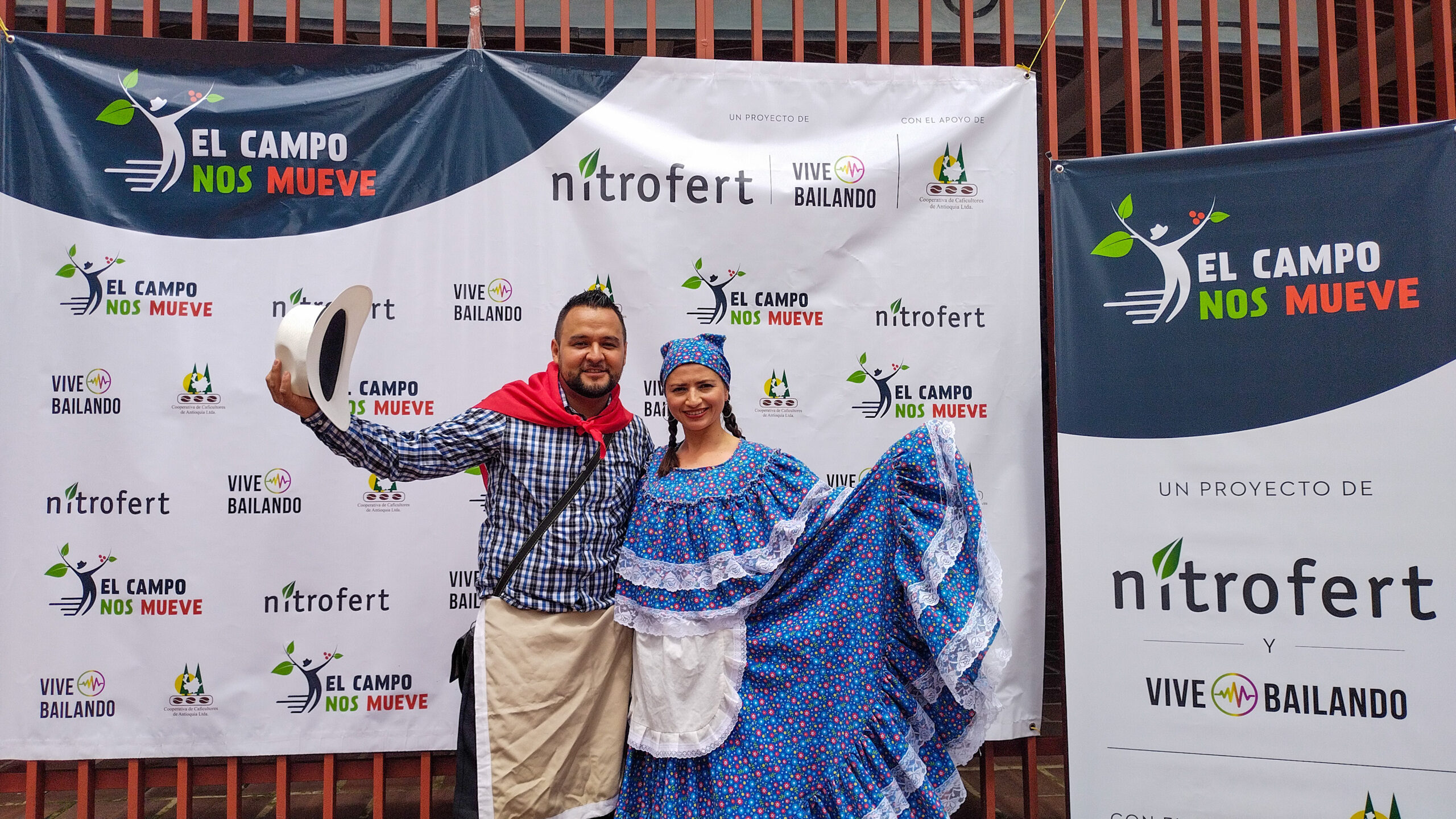 As Bogota’s International Book Fair got into full swing over the past weeks, we bring you some reviews of the best it had to offer
As Bogota’s International Book Fair got into full swing over the past weeks, we bring you some reviews of the best it had to offer
- Making Magic, we visit the pavilion dedicated to the world of Macondo
- Journey of rediscovery, Katja Petrowskaja speak with us
- Herrera brings style to FILBo, we catch up with the famed Mexican author Yuri Herrera
Making MagicFILBo honoured Colombia’s literary great with a pavilion dedicated to Márquez’s fictional town. Azzam Alkadhi delved into the magical world of MacondoOne year on from the death of Colombian literary hero Gabriel García Márquez, the dates of Bogota’s International Book Fair (FILBo) could hardly have been more appropriate. And what better way to commemorate the life and works of the Maestro than with a pavilion dedicated to Macondo, the fictional town his work made famous and this year’s ‘guest country’? The organisers of FILBo decked out a huge space with images and information relating to the fantastical world of Gabo’s imagination. With Macondian landscapes projected onto screens on the wall, recordings of Márquez reading from his books emitting from massive hanging cylinder-shaped speakers, and a recreation of Melquíades’ lab, full of inventions and paraphernalia, the world of Macondo burst into life. The space also included a 200-capacity recreation of La Gallera (the cock-fighting stadium), which was used to host Macondian cooking classes, talks and a slightly surreal, innuendo-filled ‘family show’, more reminiscent of the Chuckle Brothers than anything out of Márquez’s books. Such a sensory experience was perhaps the only way to bring to life an imaginary place, one that is so familiar, yet which Colombians have never seen. Macondo was a world in itself, with its own culture, history, beliefs, myths and legends, a poignant microcosm of Colombia and Latin America’s history, replete with social conflicts, civil wars and foreign invasions. Ukrainian author Katja Petrowskaja (see above) was impressed: “I think it’s a great idea to declare Macondo a guest country – it is a real country.” But not everyone was immediately taken by the concept. Mexican writer Yuri Herrera (see right) says: “When I first heard the idea, I wasn’t convinced, given that the idea of a guest country is to bring writers and literature from other countries. But when I saw the pavilion, it struck me as a great context for interesting activities. It’s the most visited part of FILBo.” The picture of Macondo, however real and vivid in the minds of readers, is one which will differ according to each person. A costeño, with his knowledge of culture and idiosyncrasies on the Colombian coast, will see it differently than a rolo who has only paid fleeting visits to the coast, and that image will be different from what a European, for example, who has never set foot in Colombia, would have in mind. This was perhaps the greatest challenge for the organisers of the pavilion, but one which they tackled with aplomb, bringing together the most striking and memorable elements of Macondo. I would have been happy to spend the whole day staring at the giant map at the entrance, detailing the fruits of Gabo’s imagination. There was the Calle de los Turcos, the yellow train, Petra Cotes’ house and Macondo’s wetlands, all carefully placed on the impressive map. Yet, while the pavilion was, on the whole, a roaring success, I was a little surprised not to see any signs or descriptions in English. Yes, we are in Colombia, but as an international book fair, FILBo might consider making its exhibits more accessible to non-Spanish speaking visitors. Petrowskaja explains: “Someone said it’s like a mausoleum – here you have the complex mythology of Gabriel García Márquez. It was really interesting to watch this mix of people, young and old, all reading, making pictures, engaging – not just sightseeing. I wanted to be a part of the pilgrimage, but I couldn’t because of the language.” If an internationally-renowned author, who speaks four languages, was unable to engage with the text-heavy exhibits, something is not quite right. |
|










